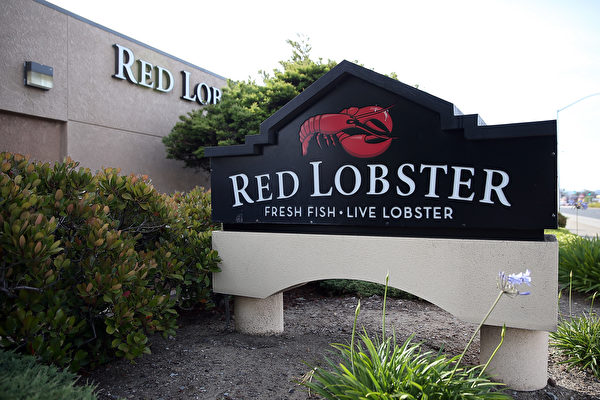Red Lobster, a well-known seafood restaurant in the United States, officially filed for bankruptcy protection on Sunday, May 19th. In a statement, Red Lobster reported that it has filed for Chapter 11 bankruptcy protection under the U.S. bankruptcy law to continue downsizing its business operations and seek potential buyers.
The seafood chain has been seeking a buyer due to massive debts and long-term lease pressures. Recently, the company appointed restructuring expert Jonathan Tibus, Managing Director of Alvarez & Marsal, as its Chief Executive Officer to lead the turnaround efforts.
In a court filing, Tibus outlined the reasons why the chain of restaurants needed to apply for bankruptcy protection, including factors such as “challenging macroeconomic environment, oversized and underperforming restaurant operations, failed or unwise strategic initiatives, and intensified competition within the food industry.”
Currently, Red Lobster has 551 chain restaurants in the United States and 27 in Canada. On May 13th, the company closed 93 underperforming locations and requested the bankruptcy court to reject 108 lease contracts to further reduce its scale.
The company has a workforce of 36,000 employees, mostly part-time.
According to the bankruptcy filing, Red Lobster, headquartered in Orlando, Florida, has assets ranging from $1 billion to $10 billion, with estimated liabilities also ranging from $1 billion to $10 billion. Its largest creditor is the third-largest U.S. foodservice distributor, Performance Food Group, to which Red Lobster owes $24.4 million.
The seafood chain mentioned that unless a higher bid emerges, existing lenders will acquire Red Lobster through the Stalking Horse system. In bankruptcy contexts, a “Stalking Horse” refers to a potential bidder who has reached an investment agreement with the debtor, and the agreement signed between the two parties constitutes a part of auctioning off assets or the bidding process, attracting higher bidders for the creditors to gain more returns.
To some extent, the existence of a “Stalking Horse” aims to attract a “White Knight.” In bankruptcy proceedings, the Stalking Horse bidder is likely not the ultimate buyer.
“This restructuring is the best path forward for Red Lobster,” stated Tibus in a statement on Sunday evening. “It allows us to address multiple financial and operational challenges, become stronger, and refocus on our growth. The support we have received from lenders and suppliers will help ensure that we can efficiently complete the sale process while continuing to prioritize our employees and guests.”
Founded in 1968, Red Lobster is the largest seafood chain restaurant enterprise in North America. Since 2019, Red Lobster has experienced a decrease in customer traffic by approximately 30%.
In recent years, the chain has undergone several changes in ownership and management. Thai Union Group Plc acquired control of Red Lobster in 2021, but reduced its shares in 2024.
For this long-established restaurant that barely survived the impact of the COVID-19 pandemic, the news of impending bankruptcy due to high rent and labor costs has been circulating since April.
In the 2023 fiscal year, Red Lobster reported a net loss of $76 million. Some of the losses were attributed to the “unlimited shrimp” promotion policy.
In 2023, the company changed this promotional offer from one day a week to daily in hopes of boosting slower sales in the latter half of the year. While the promotion did increase customer traffic, it ultimately could not withstand the customers’ large appetites, adding to the heavy cost burdens and further weakening Red Lobster’s profitability.

